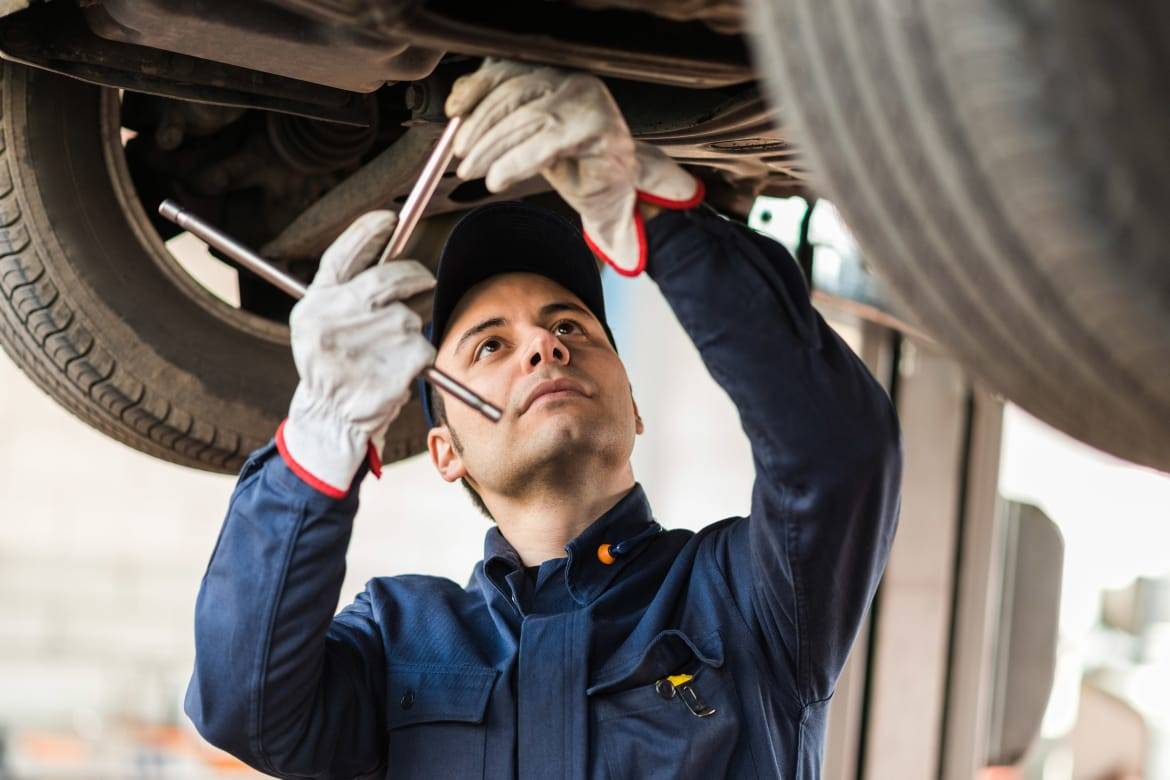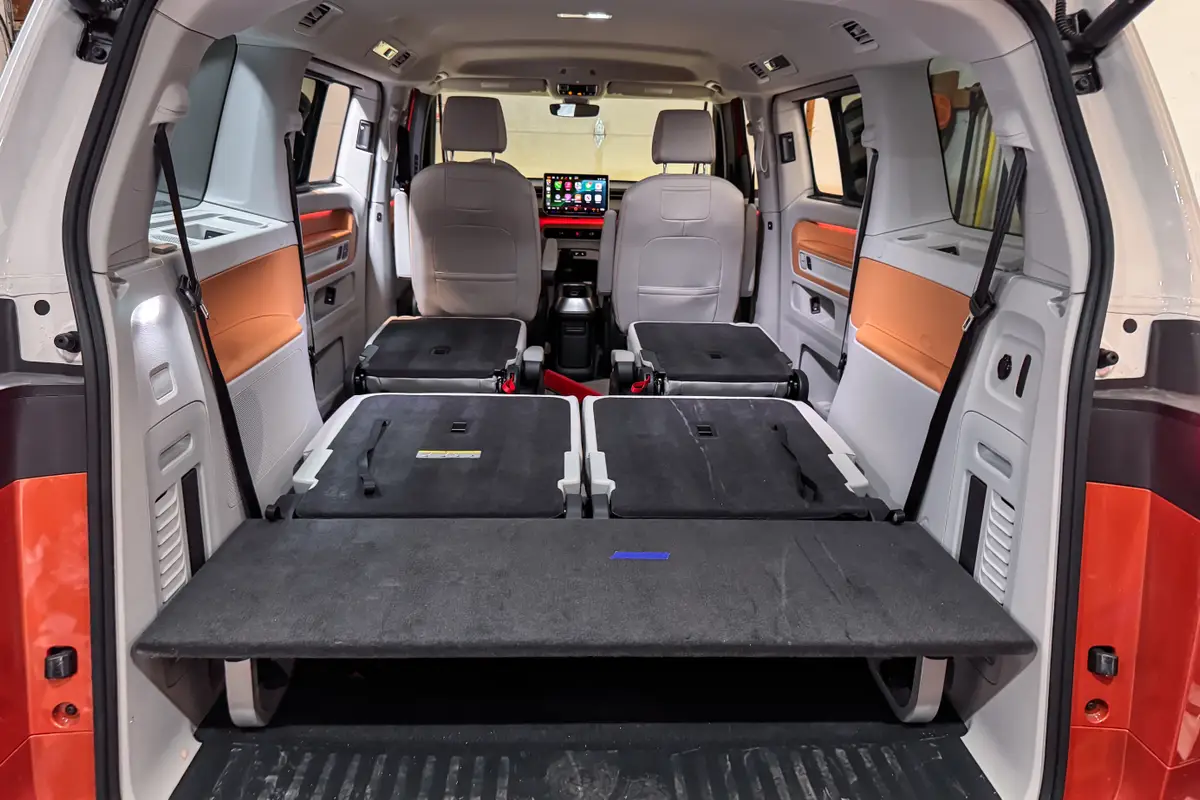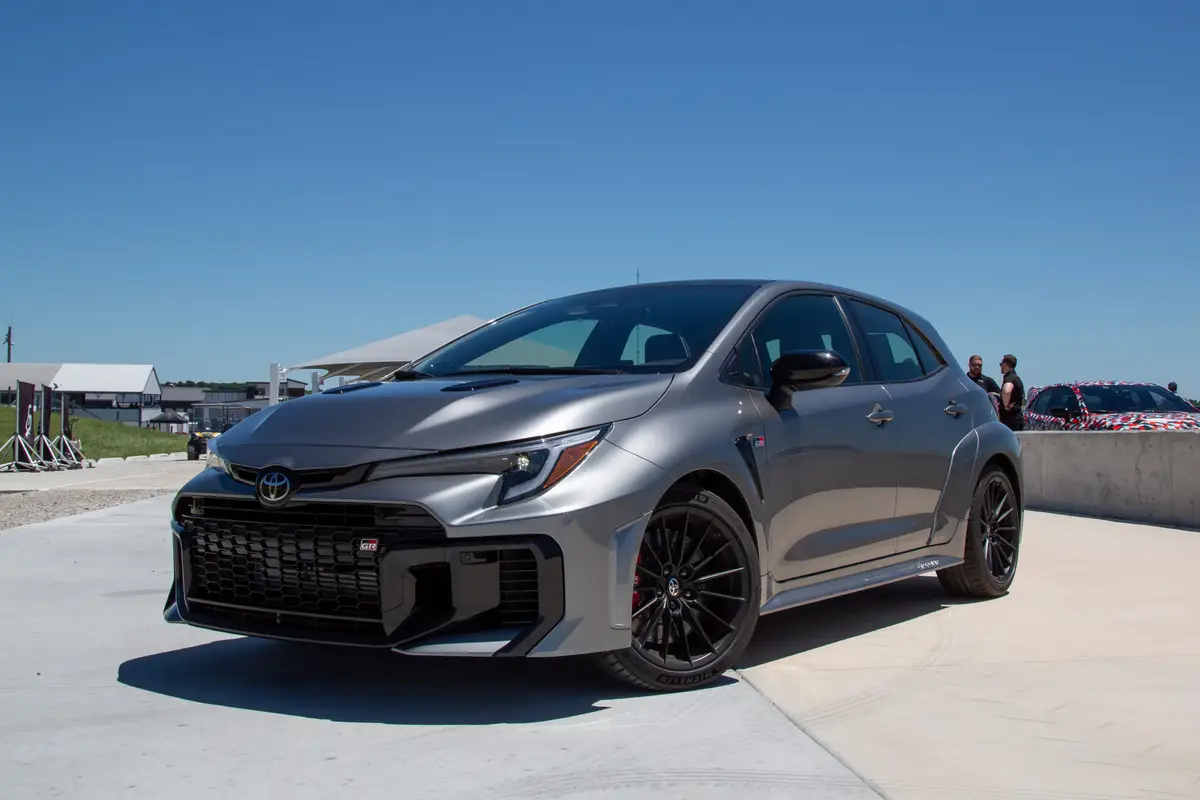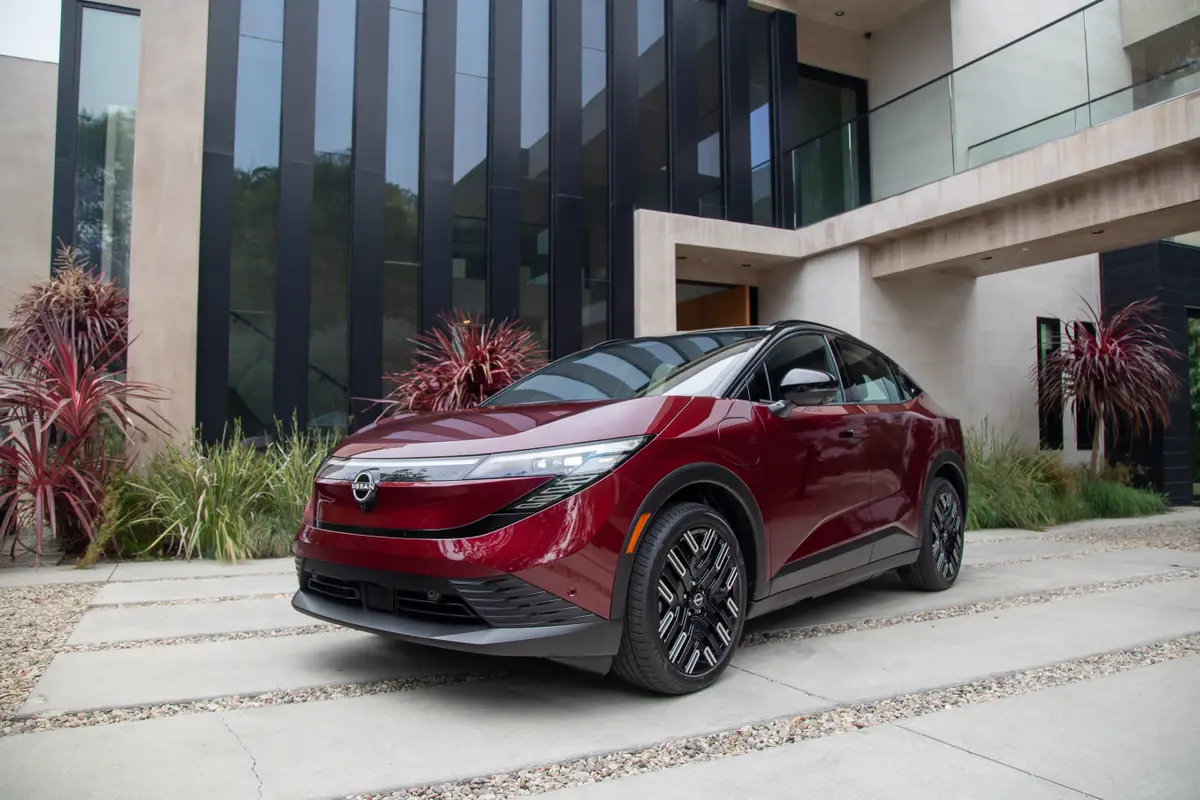How Much Is the Average Car Repair Bill?

Everyone knows cars cost money, but what’s less known is how much that car will keep costing you after its initial purchase. One thing is certain, though: The average cost to repair and maintain a car continues to increase.
Related: How Do I Find Out if a Car Is Still Under Warranty?
The average cost to repair and maintain a vehicle has risen 43.6% from January 2019 ($290.76) to January 2025 ($419.42), according to data from the U.S. Bureau of Labor Statistics. For newer cars, roadside services provider AAA estimates an increase of about 13% over the same time frame. For a 5-year-old car driven 15,000 miles annually, the annual cost for repairs, maintenance, and tire rotations and replacement was $1,519.50 as of 2024; in 2019, the estimate was $1,341.
The increase in vehicle repair costs also matches the increase in the average transaction price of new cars, which currently hovers around the $49,500 mark. For comparison, the average new-car price in 2019 was $38,100, according to Cars.com data.
Why Do Car Repair Costs Keep Increasing?
The increase in repair costs stems from the same factors attributable to rising new-car costs. New cars are more mechanically complex, loaded with premium features, and saddled with technology such as driver-assist systems that can make repairing a bumper a costly proposition. Even replacing a taillight on a new car has become more complex than simply swapping out a bulb.
One factor contributing to increased repair costs is the labor cost, which was up 1.4% in 2024 from the year before. This could be attributed to the complexity of newer car repair as well as general economic trends, according to an April report from CarMD.
“While an increase in labor costs could be partially due to overall wage increases across the U.S., it’s most likely that average labor costs are up because of more difficult repairs,” the report posited.
Another contributing factor to the increase in car repair costs is the recently implemented tariffs on imported cars and car parts. However, a revision to President Donald Trump’s initial 25% tariff earlier this year exempted parts made in Canada and Mexico that are compliant with the U.S.-Mexico-Canada Agreement. The move relaxed some of the predictions of skyrocketing car repair bills, though it remains to be seen what the fallout will be from tariffs on the auto sector.
More From Cars.com:
- Why Is the Battery Light On?
- Should I Worry About How Hot My Engine Is Running?
- What Is a Misfire and What Causes It?
- How to Properly Check and Put Air in Tires
- Car Service & Repair
How Do I Keep My Car Repair Costs Low?
For all vehicle types and ages, there are predictive actions that can be done before the dreaded check-engine light comes on. Here are a few more recommendations for protecting your car — and your bank account — from high car repair costs.
- Follow the automaker’s recommended maintenance schedule, which can be found in your vehicle’s owner’s manual or online. Newer cars may house the owner’s manual in the touchscreen interface.
- Check the fluids regularly every 5,000 miles or so and change the oil.
- Service a check-engine light immediately if loosening and retightening the gas cap didn’t shut it off.
- Do it yourself for the simple things to save on labor costs. Replacing wiper blades and cabin air filters are all straightforward tasks that can be completed with a trip to the auto parts store and a YouTube tutorial.
- Consider an extended warranty or a certified pre-owned vehicle if buying used.
- Set aside $50 per month for service and repair costs.
Keep in mind that the older a car gets, the more repairs it’s likely to face. Actual repair bills might be higher since Americans are holding onto their cars longer than ever, with the average age of vehicles in the U.S. estimated at 12.8 years old, per S&P Global. On the flip side, older cars have fewer technological complexities like sensors in the bumpers, so repairs tend to be more straightforward.
Estimated repair costs vary based on vehicle type, as well. Budget cars, such as small sedans, incur the least estimated ownership cost, whereas full-size pickup trucks incur the highest ownership cost, according to AAA data. Electric vehicles typically have lower repair costs due to the lack of oil changes and transmission flushes, though maintenance items such as a tire replacement could be greater than those for a non-EV.
Related Video:
Cars.com’s Editorial department is your source for automotive news and reviews. In line with Cars.com’s long-standing ethics policy, editors and reviewers don’t accept gifts or free trips from automakers. The Editorial department is independent of Cars.com’s advertising, sales and sponsored content departments.
Featured stories




